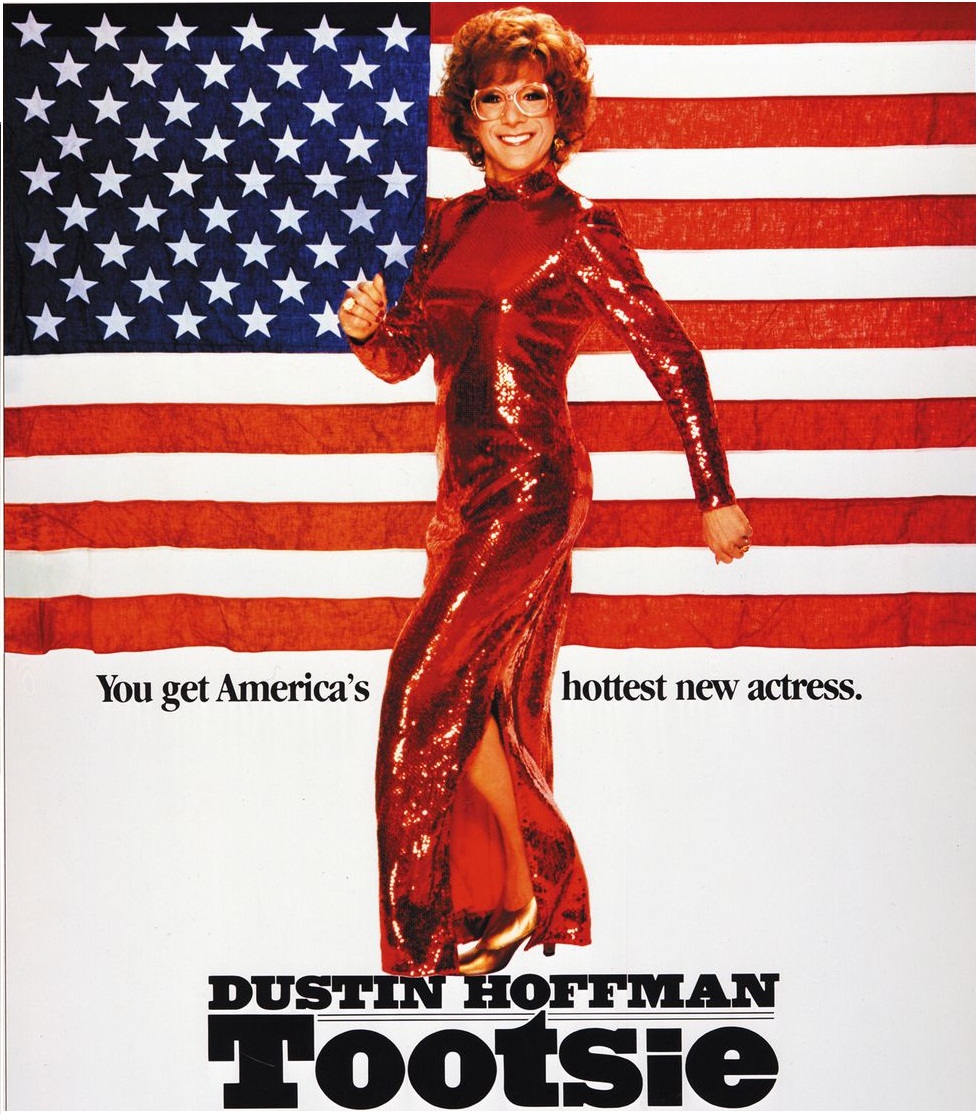The film Stranger than Fiction is certainly strange... Starring Will Ferrell, Stranger than Fiction tells the story of a man named Harold Crick, who is the unknowing character in a tragedy author's newest novel. The film opens with Harold Crick's morning routine being narrated by an omniscient voice, a voice that the audience is aware of, but one that the character is not supposed to acknowledge. The funny thing about this film, is that our protagonist is completely aware of the unseen narrator. What sounds crazy to the other characters of the film when confronted by Crick about the disembodied voice is actually very pressing and concerning to Harold.
Seeking the help of therapists and friends who all assume that this is a sure sign of schizophrenia, Harold becomes hopeless and utterly frustrated. He realizes that the voice is narrating his every move, leading him to believe that he is indeed part of someone's story. But who's story? And, even if he were a character in a story, why is it that he can hear the narrations while no one else does? Considered a postmodern film, Stranger than Fiction toys with the way that most modern films and stories are constructed. The fact that Harold is fully aware of the narrator breaks the literary fourth wall that never gets broken in any sort of structured story or film. It is safe to say that Stranger than Fiction is not a story about a man who has gone crazy, but it is a story about story telling itself.
After seeking the help of a literary expert, university literature professor Jules Hilbert (Dustin Hoffman), helps Crick piece the odd narrations together. The biggest mystery is who and how: who is narrating Harold Crick's life, and how is he hearing it? After Crick learns from the narrator that his inevitable death is looming, the situation becomes much more urgent. It is now essential that Crick finds out who this narrator is, so he can speak with her and try to stop her from narrating his death. While consulting with Jules Hilbert one day, he hears a familiar voice on the television while an old recording of a talk show interview with author Karen Eiffel (Emma Thompson) is playing. He recognizes Karen's voice as the same voice that has been narrating his every move. Once he realizes that Karen Eiffel is indeed the person he's looking for, he sets out to find her. After the long process of tracing her down, he locates her office where she has been writing her newest tragedy novel, Death and Taxes, A.K.A. Harold's life. Completely shocked to see that the character she created is real and standing right before her, Karen feels a sudden sense of guilt, knowing that she was about to kill a real, live person.
After endless nights of thinking up ways to rewrite the book in order to keep Harold alive, Karen Eiffel manages to end her book without a death. Harold does come out harmed, but alive. This movie is ironic in more ways than one: we would never expect the main character to be aware of the voice narrating their story, let alone actually interact with them and convince them to rewrite the ending. Stranger than Fiction pokes fun at the structure and the cliches of modern films. With most films having a clearly defined genre (comedy, tragedy, horror, romance), Stranger than Fiction does not exactly give one, obvious view on life. It does not make the lives of its characters out to be comedic or tragic, but rather asks the audience whether or not they believe life is a comedy or a tragedy. This film goes against everything we know about traditional films as an audience, and certainly has a mind of its own.


